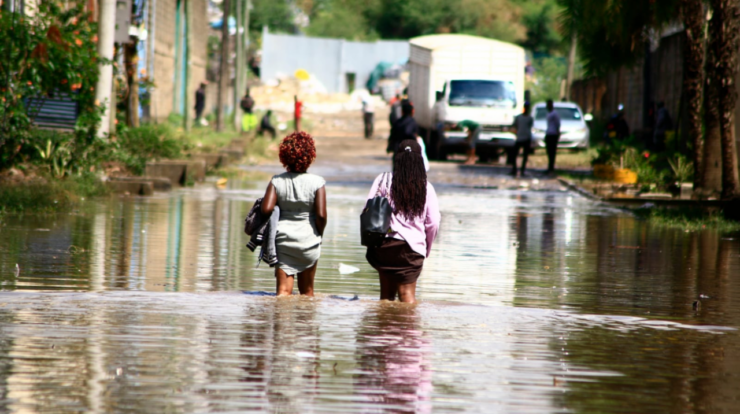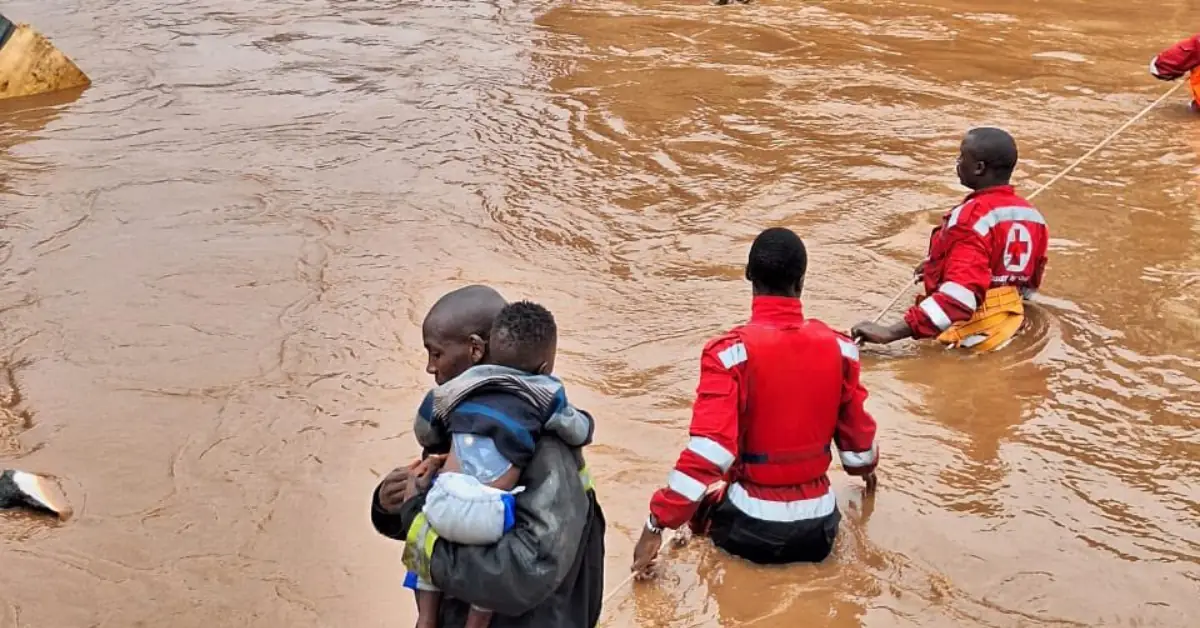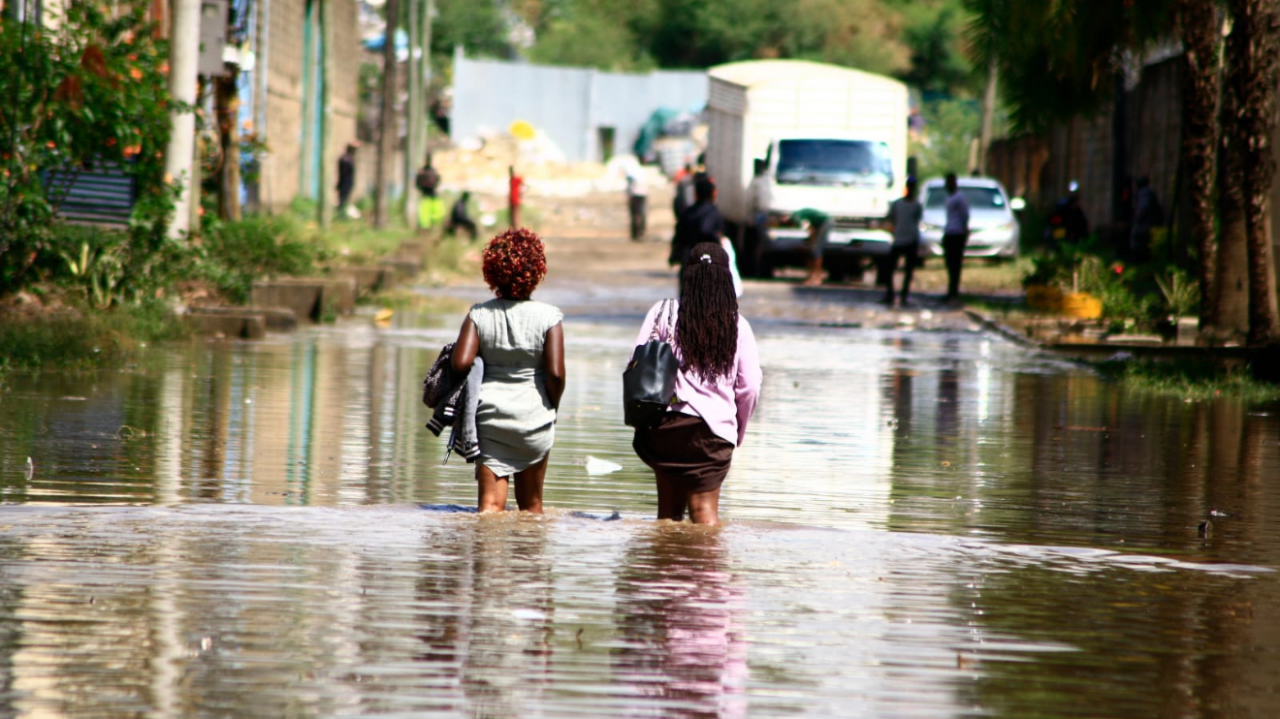
Kenya nairobi flooding – Nairobi, the bustling capital of Kenya, has a long history of flooding that continues to impact its residents, infrastructure, and economy. This article delves into the causes, consequences, and ongoing efforts to mitigate the challenges posed by flooding in Nairobi.
Flooding in Nairobi has become a recurrent issue, with the city experiencing severe flooding events in recent years. The frequency and intensity of these floods have raised concerns about the city’s resilience to climate change and the effectiveness of current flood management strategies.
Nairobi Flooding Overview

Flooding has been a persistent challenge in Nairobi, Kenya’s capital and largest city. The city experiences frequent and severe flooding events, causing significant social and economic impacts.
According to statistics, Nairobi has experienced an average of one major flood event every five years since 1998. The most devastating floods occurred in 2013, affecting over 300,000 people and causing widespread damage to infrastructure and property.
The causes of flooding in Nairobi are complex and include:
- Rapid urbanization and the expansion of informal settlements in flood-prone areas
- Poor drainage systems and inadequate infrastructure
- Climate change and increased rainfall intensity
Impacts of Flooding
Flooding in Nairobi has severe social and economic consequences. It disrupts livelihoods, damages infrastructure, and poses health risks.
Flooding often leads to the displacement of residents, loss of income, and damage to homes and businesses. The city’s transportation system is also affected, causing traffic congestion and delays.
Infrastructure, including roads, bridges, and power lines, is often damaged during floods. This can lead to disruptions in essential services and increased repair costs.
Flooding also poses health risks. Stagnant water can become breeding grounds for mosquitoes, leading to increased cases of malaria and other waterborne diseases.
Government and Mitigation Strategies
The government of Kenya has implemented various initiatives to address flooding in Nairobi. These include:
- Construction of dams and reservoirs to control water flow
- Improvement of drainage systems and infrastructure
- Relocation of residents from flood-prone areas
While these measures have helped to mitigate flooding, challenges remain. The effectiveness of past and current flood mitigation measures has been limited by:
- Insufficient funding and resources
- Lack of coordination between government agencies
- Encroachment on floodplains by informal settlements
Community Responses and Adaptation, Kenya nairobi flooding
Nairobi communities have developed various strategies to cope with flooding over time. These include:
- Building raised platforms for homes and businesses
- Creating community-led early warning systems
- Establishing flood response teams
Communities have also played a role in flood prevention and preparedness. They have planted trees to absorb rainwater, constructed small-scale drainage systems, and raised awareness about flood risks.
Role of Technology and Innovation
Technology has played a significant role in monitoring, predicting, and responding to flooding in Nairobi. Remote sensing data is used to map flood-prone areas and identify vulnerable communities.
Early warning systems, powered by mobile technology, provide timely alerts to residents before floods occur. These systems have been effective in reducing the impact of flooding by giving people time to evacuate and take precautions.
Innovative solutions, such as mobile applications, are also being developed to help communities manage flooding. These applications provide information on flood risks, evacuation routes, and access to emergency services.
International Collaboration and Support
Nairobi has received international collaboration and support for flood management. NGOs, development agencies, and multilateral organizations have provided funding, technical assistance, and capacity building.
For example, the World Bank has supported the construction of dams and reservoirs in the Nairobi River Basin. The United Nations Development Program has provided technical assistance for the development of flood early warning systems.
International collaboration has played a crucial role in enhancing Nairobi’s capacity to manage flooding and mitigate its impacts.
Conclusion: Kenya Nairobi Flooding

Addressing flooding in Nairobi requires a multifaceted approach involving government initiatives, community engagement, technological advancements, and international collaboration. By implementing effective flood mitigation measures, enhancing community preparedness, and leveraging technological solutions, Nairobi can work towards building a more resilient and flood-resistant city.
FAQ Guide
What are the primary causes of flooding in Nairobi?
Flooding in Nairobi is primarily attributed to heavy rainfall, poor drainage systems, encroachment on waterways, and inadequate urban planning.
How does flooding impact the residents of Nairobi?
Flooding poses significant social and economic challenges for Nairobi residents, leading to displacement, property damage, health risks, and disruptions to livelihoods.
What measures has the government taken to address flooding in Nairobi?
The government has implemented various flood mitigation strategies, including infrastructure upgrades, drainage improvements, and relocation programs for residents in high-risk areas.
How can communities contribute to flood resilience in Nairobi?
Community-led initiatives play a vital role in flood resilience. Residents have adopted traditional coping mechanisms and engaged in flood prevention and preparedness activities.





